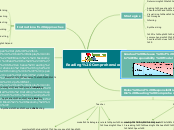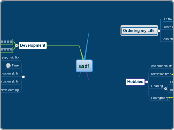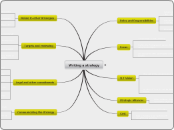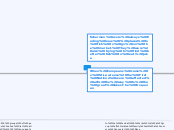Reading Comprehension
Bloom's Taxonomy
and the "3R's" to enhance reading comprehension and higher order thinking
(e.g. Activities associated to retelling correspond with the Knowledge and Comprehension categories of Bloom's Taxonomy)
The 3 R's
Retelling
Relating
Bloom's Taxonomy
Knowledge and comprehension
Application and analysis
Synthesis and evaluation
Instructional Approaches
Thinking aloud
Modelling
Guiding
Reflecting
Coaching
Scaffolding
Roles and Responsibilities in Reading Comprehension
Students
listens to responses and ideas from peers
and incorporating it into their own thinking about the text
Use fix up strategies
(e.g. rereading, reading ahead, asking a peer)
identify difficult areas in the text
(e.g. using stickies)
Make predictions about the text
Teacher
monitors students' successes and needs and uses this
information to set goals
use graphic organizers to help students
highlight key information
relate prior knowledge
to new reading text
model strategies
Gradual Release of
Responsibility Model
1. Teacher models
and explains it to students
2. Teacher guides students in using strategies
to gradually move responsibility to students
3. Students practise applying the strategies learnt
while the teacher provides feedback
4. Students apply the strategies learnt independently
Strategies
"Fix up" strategies to repair comprehension (e.g. reread, use context clues, ask questions etc.)
Synthesizing
Inferring
Visualizing and creating other sensory images
Asking questions (of themselves, author and text)
Determining the most important ideas
Activating prior knowledge









